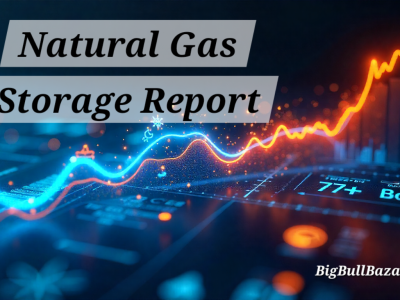Key Takeaways:
· Bearish Outlook: Major institutions forecast lower oil prices for 2025 and 2026 due to a growing global supply surplus.
· Rising Inventories: Recent U.S. crude stockpile builds highlight weakening demand and contribute to price pressure.
· OPEC+ Strategy Shift: The group is increasing production, adding more supply to an already saturated market.
Introduction
The crude oil market is currently sending mixed signals.While geopolitical tensions provide temporary support, the overarching narrative is one of growing oversupply and bearish price forecasts. This analysis breaks down the latest inventory data, supply-demand dynamics, and expert predictions to provide a clear outlook for traders and investors.
Current Market Analysis: Oversupply Weighs on Prices
As of mid-November 2025,WTI crude futures are trading around $60 per barrel, showing some short-term resilience but remaining significantly lower than the previous year . This price volatility occurs amid conflicting market forces.
A primary bearish factor is the consistent build in U.S. crude inventories. Data for the week ending November 7 showed a substantial increase of 6.4 million barrels, following a 5.2 million barrel build the previous week . Although total commercial stockpiles of 427.6 million barrels remain slightly below the five-year average, this trend of expanding inventories points to softer-than-expected demand .
The fundamental picture is reinforced by leading energy authorities. The International Energy Agency (IEA) has warned of a growing oil glut, projecting that supply will outpace demand by 2.4 million barrels per day in 2025, widening to a significant 4 million barrels per day in 2026 . This surge in supply is partly driven by increased production from non-OPEC+ countries like Brazil and Guyana, alongside a steady rise in U.S. output, which hit a record 13.6 million barrels per day in July .
Future Prediction: A Consensus for Lower Prices
The outlook for oil prices over the next two years is predominantly bearish,with major institutions revising their forecasts downward.
· J.P. Morgan Research maintains a Brent crude price forecast of $66/bbl for 2025, falling to $58/bbl for 2026 . They argue that the market has overlooked a strategic shift from OPEC, which is now focused on boosting production to maintain market share, further exacerbating the supply surplus .
· The U.S. Energy Information Administration (EIA) presents an even starker view, forecasting Brent to fall to an average of $52/b in 2026 . The EIA expects global oil stocks to build at an average rate of 2.6 million barrels per day in the last quarter of 2025, a trend that is likely to persist through 2026 .
While geopolitical events or unexpected supply disruptions could cause temporary price spikes, the prevailing narrative of robust supply growth outpacing demand is expected to keep a ceiling on oil prices for the foreseeable future.






Leave a Reply